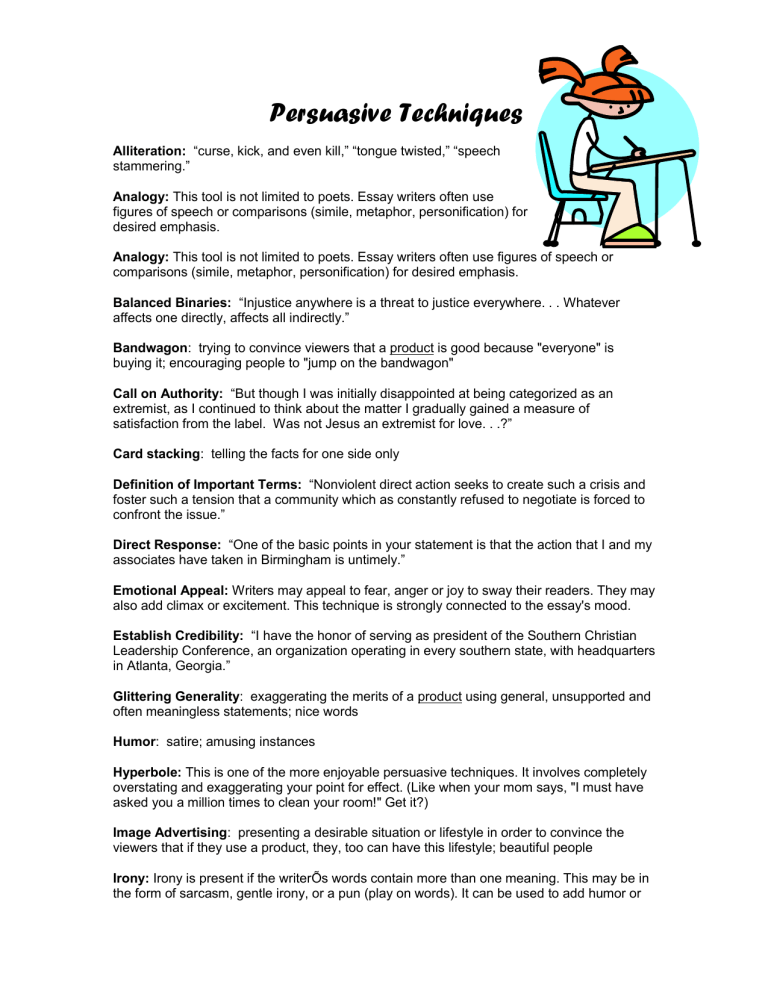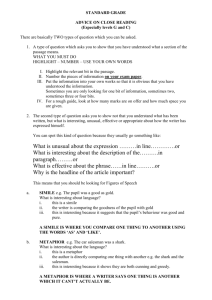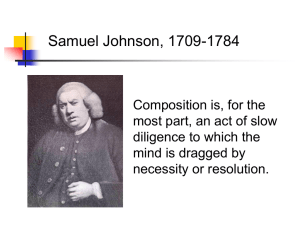Persuasive Techniques

Persuasive Techniques
Alliteration: “curse, kick, and even kill,” “tongue twisted,” “speech stammering.”
Analogy: This tool is not limited to poets. Essay writers often use figures of speech or comparisons (simile, metaphor, personification) for desired emphasis.
Analogy: This tool is not limited to poets. Essay writers often use figures of speech or comparisons (simile, metaphor, personification) for desired emphasis.
Balanced Binaries: “Injustice anywhere is a threat to justice everywhere. . . Whatever affects one directly, affects all indirectly.”
Bandwagon : trying to convince viewers that a product is good because "everyone" is buying it; encouraging people to "jump on the bandwagon"
Call on Authority: “But though I was initially disappointed at being categorized as an extremist, as I continued to think about the matter I gradually gained a measure of satisfaction from the label. Was not Jesus an extremist for love. . .?”
Card stacking : telling the facts for one side only
Definition of Important Terms: “Nonviolent direct action seeks to create such a crisis and foster such a tension that a community which as constantly refused to negotiate is forced to confront the issue.”
Direct Response: “One of the basic points in your statement is that the action that I and my associates have taken in Birmingham is untimely.”
Emotional Appeal: Writers may appeal to fear, anger or joy to sway their readers. They may also add climax or excitement. This technique is strongly connected to the essay's mood.
Establish Credibility: “I have the honor of serving as president of the Southern Christian
Leadership Conference, an organization operating in every southern state, with headquarters in Atlanta, Georgia.”
Glittering Generality : exaggerating the merits of a product using general, unsupported and often meaningless statements; nice words
Humor : satire; amusing instances
Hyperbole: This is one of the more enjoyable persuasive techniques. It involves completely overstating and exaggerating your point for effect. (Like when your mom says, "I must have asked you a million times to clean your room!" Get it?)
Image Advertising : presenting a desirable situation or lifestyle in order to convince the viewers that if they use a product, they, too can have this lifestyle; beautiful people
Irony: Irony is present if the writerÕs words contain more than one meaning. This may be in the form of sarcasm, gentle irony, or a pun (play on words). It can be used to add humor or
to emphasize an implied meaning under the surface. The writer's "voice" becomes important here.
Metaphor, Simile, Analogy: “Let us all hope that the dark clouds of racial prejudice will soon pass away and the deep fog of misunderstanding will be lifted from out fear-drenched communities.”
Name Calling : describing bad aspects of a competitor's product so that the advertised product seems better
Parallelism: When an author creates a "balanced" sentence by re-using the same word structure, this is called parallelism . Always strive for parallelism when using compound or complex sentences.
Plain Folk : using actors who represent "average" people to suggest that, because people in advertisements resemble friends and neighbors, the product they are using must be good
Repetition: Repeating an element within one advertisement so that viewers will remember the advertisement and will buy the product. Also refers to the repetition of the same advertisement. Overly repetitive writing can become tiresome. However, when used sparingly for effect, it can reinforce the writer's message and/or entertain the reader. Writers may repeat a word, a phrase or an entire sentence for emphasis.
Rhetorical Question: Sometimes a writer will ask a question to which no answer is required.
The writer implies that the answer is obvious; the reader has no choice but to agree with the writer's point.
Specific Examples: “When you have seen vicious mobs lynch your mothers and fathers at whim. . . when you take a cross-country drive and find it necessary to sleep night after night in the uncomfortable corners of your automobile because no motel will accept you. . .when you are humiliated day in day out by nagging signs reading ‘white’ and ‘colored. . . .’”
Snob Appeal: This technique suggests that you can be like the expensively dressed, perfectly shaped people who use this product.
Testimonial : someone will testify that the advertised product did indeed help them or is a good one to buy because they tried it, and it worked
Transfer : a message attached to a symbol
Word Choice (Diction): Is a person "slim" or "skinny"? Is an oil spill an "incident" or an
"accident"? Is a government expenditure an "investment" or a "waste"? Writers tend to reinforce their arguments by choosing words which will influence their reader's perception of an item or issue. Diction may also help to establish a writer's "Voice" or "Tone".



